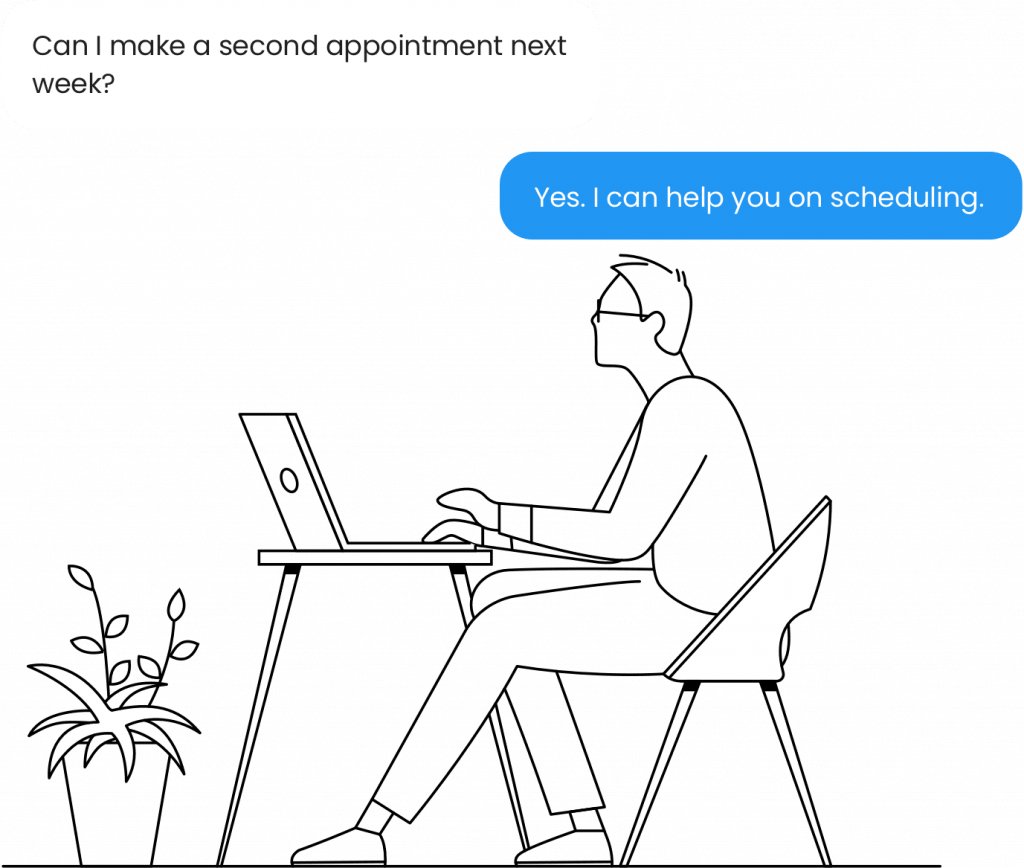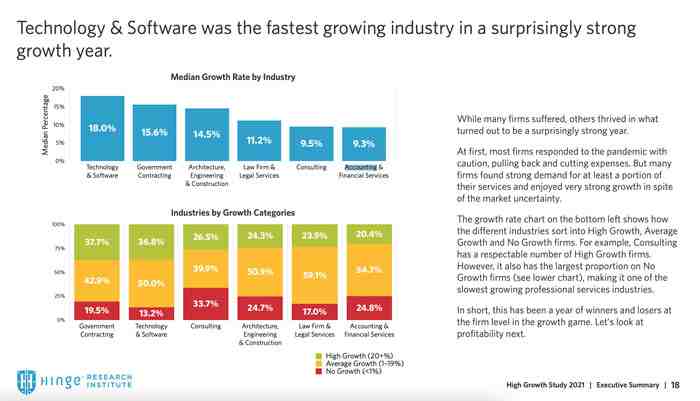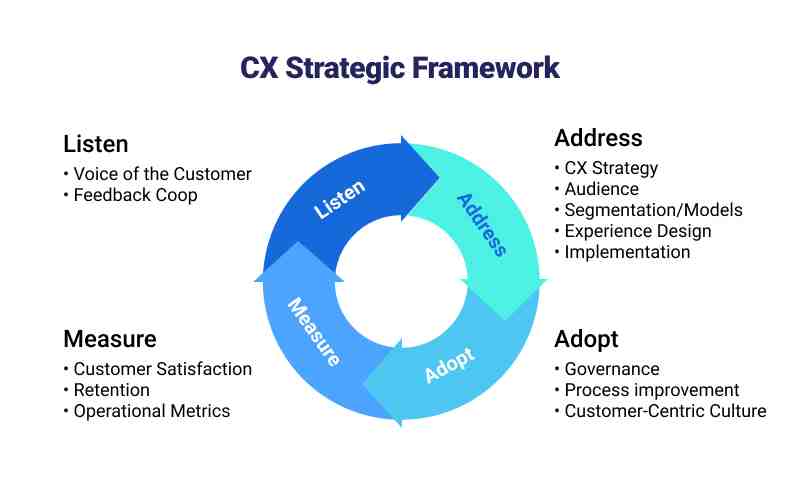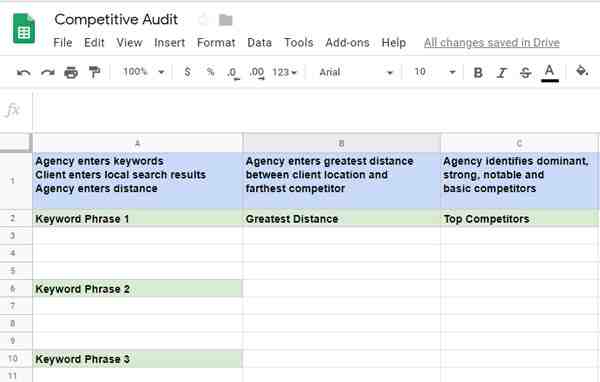5 Actionable Strategies to Improve the Local Customer Experience at Scale
This post was sponsored by Rio SEO. The opinions expressed in this article are those of the sponsor.
Customer Experience (CX) is more than just a buzzword – it’s what shapes the customer’s impression of your brand and how they talk about you with their friends, family and business partners.
But when you think about scaling your CX efforts and local experience optimization, you might be wondering – where to start?
When it comes to thinking about your CX, you’ll want to consider your company:
With all these factors at play, how do you know that upgrading your customer service experience will be worth it?
The data says it’s worth taking the time to upgrade your CX.
In fact, 94% of consumers say that a bad review has convinced them to avoid a business entirely – and that’s just one big area for improvement.
What if we learned how to improve all areas of your customer experience?
Today, we’re talking about five ways you can easily improve your customer experience and increase your company’s profits at scale.
But first, let’s talk about why you want to improve this experience.
How Will Improving Customer Experience Help Improve My Sales?

Your prospects have expectations before they discover your store on Google, so it’s vital that your brand matches their needs.
In fact, building a positive customer experience begins the moment a search is made for your product or service.
So it extends from browsing your website to purchasing in-store or online to the after-sales opportunity to leave a review.
What Areas Of The Shopping Journey Help Influence A Customer’s Purchase?
CX is a big factor in whether someone buys a product or service from your company.
And, it starts the moment a customer becomes aware of your business and continues through five complete phases:
Customer perceptions are forged at every step of the customer journey, which is why CX must become a priority for all companies in all verticals.
We know that sounds like a lot, so we want to focus on scalability – how can you easily implement these updates with minimal work or bandwidth?
What strategies can you implement to make these positive changes easier for you and your team?
Here are our five favorite action strategies for providing unparalleled service that increases customer loyalty and leads to customer advocacy, post-sales.
Strategy 1: Optimize Your Local Search Experience With Correct Information

First, consider how a potential customer finds your brand during the awareness phase.
When it comes to consumers who are not familiar with your brand, their digital journey begins the moment they do a search.
The first time they see you on a SERP, they find your business listing, which contains a minimum of your:
They expect the information to be correct.
What would it be like for a customer to try to call, only to find out that the wrong number means your company is no longer in business?
If your business listing has just one piece of inaccurate information, you risk creating bad customer experiences from the start.
55% of consumers say an inaccurate or missing website link frustrates them the most when searching online for a business, while another 50% say an incorrect or missing phone number frustrates them the most.
Therefore, it is very important to eliminate the problems of the awareness phase in the bud by making sure that every information on your business profile is correct.
What Accurate Information Should My Google Business Profile Have?
At a minimum, make sure the following Google Business Profile fields are updated for each of your listings:
How Can I Easily Make These Improvements At Scale?
While you can update this information on many search engines by hand, we have an easier way.
Local inventory management is an integral component of any customer experience strategy.
It can help eliminate misinformation, and ensure that accurate and up-to-date information is present throughout the research ecosystem.
This way every time a customer searches for your business, regardless of location, they will find the right way to reach or find you.
This ensures you never miss a potential sale, and helps your business build a positive experience from the start.
Strategy 2: Smoothly Provide Quick Exceptional Customer Service

Customer experience management means meeting the needs of your customers anywhere, anytime.
This includes the time spent in the discovery phase, when your potential customers decide whether to make a purchase with your business.
At this stage, your buyers can contact your customer service team if they have any questions.
Your contact center should be armed with the tools they need to respond to customer inquiries as quickly and efficiently as possible.
Almost half of all customers (46%) expect companies to respond faster than 4 hours after an inquiry has been made.
Additionally, 12% expect a response in 15 minutes or less.
What Platforms Should I Use To Allow For Quick Responses To Customer Questions?
Each individual customer has a favorite method of reaching a company.
Your strategy is to be everywhere your customers hope to see you.
Consider upgrading to communicate with your customers through:
The key is to be ready to respond quickly on any available platform.
Your customer support team should be prepared to provide an answer. And, soon.
If you wait to address customer questions or concerns, you risk not meeting customer expectations and, in turn, having these customers turn to your competition to satisfy their needs.
Our favorite way to reduce the number of questions your customers have is to reduce friction during the purchase process.
Which brings us to our next way to scale CX.
Strategy 3: Create A Seamless Purchase Experience

Optimizing your business listings and communication channels are just the first steps towards building positive customer experiences.
Next, you’ll want to create a seamless conversion experience.
Whether you want your customers to book an appointment, create a reservation, request a quote, drive to a physical location, or make an online purchase, your potential customers do not want to be met with any friction when completing the desired conversion.
How Do I Reduce Questions & Improve Conversions?
Here are some ways to ensure that customer interactions with your business lead to more sales:
Strategy 4: Improve Customer Retention

Once a customer has made a purchase, managing the customer experience doesn’t end there.
Now, your business can turn your new customers into long-term loyal customers.
How Can B2C Companies Improve Customer Retention?
For B2C businesses, this can mean building relationships with customers by sending them targeted marketing emails and offers based on their previous research and purchase history.
Or, you can encourage the customer to join a loyalty program.
How Can B2B Companies Improve Customer Retention?
For B2B companies, this can mean providing in-depth product training, ongoing top-of-the-line support, regular check-ins, and clear communication when products are enhanced to reduce the risk of customer churn.
Strategy 5: Make It Easy For Customers To Leave Reviews & Feedback
If your company provides positive customer experiences, customers may feel inclined to leave positive feedback.
By turning your customer base into loyal supporters, you improve your business’s ability to retain current customers and acquire new ones.
Your loyal supporters, or customer advocates, are more likely to leave a positive review for your business and share their experience with friends, perpetuating word of mouth marketing.
How Can Feedback & Reviews Help My Business?
Feedback allows your business to gauge customer satisfaction or identify areas for improvement.
It also helps to identify common themes, such as the lack of available payment methods or problems with customer service.
How Can I Easily Get Reviews & Feedback From Customers?
Incorporate a digital feedback solution into your local landing pages, locators and mobile apps to capture this crucial feedback from current customers.
This allows consumer experiences to be shared organically and is an easy way to get customer feedback.
Use Streamlined Tools To Upgrade Your Customer Experience
When marketing teams prioritize customer experience management, they are better able to meet customers at every stage of the buying experience with the right content and information.
Having a solid understanding of how customers respond at different stages, from finding your business in search to promoting your brand after the sale, can ensure a positive experience and hopefully, a repeat customer and brand advocate.
As with most marketing efforts, customer journeys are always evolving and require consistent analysis and refinement to ensure you’re meeting your potential customers in the moments that matter most. However, this cannot be accomplished without the right tools and technology in place.
This is where customer experience tools come into play.
Rio SEO has teamed up with Forsta to introduce an integrated set of Local Experience (LX) solutions, the industry’s only end-to-end local marketing and customer experience platform for enterprise brands.
Good customer service is essential to the success of any business. It builds trust among your customer base and encourages repeat business. Customers want to feel heard – and are often willing to pay more for a service or product if they feel cared for.
How can I have better customer service?
Why great customer service is so important for a customer service representative
- Practice active listening.
- Learn to empathize with your customers.
- Use positive language.
- Improve your technical skills.
- Know your products and services.
- Look for common ground.
- Communicate clearly.
- Be solutions-focused.
What are the 3 most important things in customer service? Essentially, the 3 important qualities of customer service center around three âpâs: professionalism, patience, and a âpeople-firstâ attitude. Although customer service varies from customer to customer, as long as you follow these guidelines, you’re on the right track.
What is meant by customer journey?
A customer journey refers to the path of interaction that an individual has with your brand, product and/or services. It describes both direct interaction, such as contacting a customer service team, and indirect interaction, such as hearing about a brand at an event.
What is a customer journey step? âA Customer Journey Map is a diagram or several diagrams that represent the stages customers go through when interacting with a company, from buying products online to accessing customer service on the phone to airing complaints on social media.
What is customer journey and why is it important?
Customer journey mapping is a way to visualize the customer experience and how they interact with your business. Your goal in mapping that journey is to remove obstacles and make the process efficient and intuitive. The more seamless an experience you can create, the better the customer experience will be.
What is the most important part of the customer journey?
Customer experience should be the foundation of a customer journey map. I’ve found it best to focus on a specific customer segment and be based on research rather than assumptions – data about how and where customers interact with your brand and how they feel about those interactions.
Why is the customer journey important?
Customer journey mapping is important because it is a strategic approach to better understand customer expectations and is crucial to optimizing the customer experience. Customer journey mapping is just as important for small and medium-sized businesses as it is for larger businesses.
Can you explain what the customer journey is and why it could be important to understand?
By definition, the customer journey is a map of your UX at every touch point. Your goal is to increase lead generation for your business. Optimizing how users navigate your website and making this process more efficient will keep them coming back and spending money with you.
What is meant by customer journey map?
A customer journey map is a very simple idea: a diagram that illustrates the steps your customers go through to engage with your company, be it a product, an online experience, a sales experience, or a service, or any combination.
What is the purpose of the journey map?
Definition: A journey map is a visualization of the process a person goes through to achieve a goal. In its most basic form, journey mapping begins by compiling a series of user actions into a timeline. Next, the timeline is made with the user’s thoughts and emotions to create a narrative.
What is a customer journey map and how is it used in marketing?
A customer journey map is a visual that helps marketers explain the story of the customer experience (from the first interaction with their business) to a long-term relationship, from the point of view of the client.
What are the 4 pillars of the essential customer experience?
Today, in my business CX Chronicles, we focus on optimizing the four pillars of CX in your business: Team, Tools, Process and Feedback.
What are the pillars of customer experience? Developed by KPMG Nunwood of the United Kingdom after research involving more than one million customers on three continents, the system highlights six key principles as the building blocks for the success of the customer experience: personalization, integrity , expectations, resolution, time and effort, and empathy.
What are the 4 pillars of customer service?
But there are many ways to improve customer service in your organization. Gartner, the world’s leading research and advisory company, divides customer service into four pillars: Connect, Process Orchestration, Knowledge and Insight, and Resource Management.
What are the 5 A’s in customer service?
To solve customer service challenges, remember this acronym: L.E.A.S.T â Listen, Empathize, Excuse, Resolve and Thank.
What are the 5 C’s of customer service?
Compensation, Culture, Communication, Compassion, Care Our VIPdesk Connect team has compiled the 5 C’s that make up the perfect recipe for customer service success.
What are the four elements of the customer experience?
– To really understand the customer experience, we have to understand the four components needed to build one. There are archetypes, activities, interactions and principles. An easy way to remember these is to think about the different parts of a relationship.
What are the 4 main elements of good customer service?
There are four key principles of good customer service: It is personalized, competent, convenient and proactive. These factors have the greatest influence on the customer experience.
What are the four components of customer interaction?
The 4 components of customer relationship management are customer satisfaction, loyalty, profitability and customer retention.
What are the three unique customer needs?
Ultimately, all customer needs can be categorized into three main types: functional, social and emotional needs.
What are 6 common customer needs?

